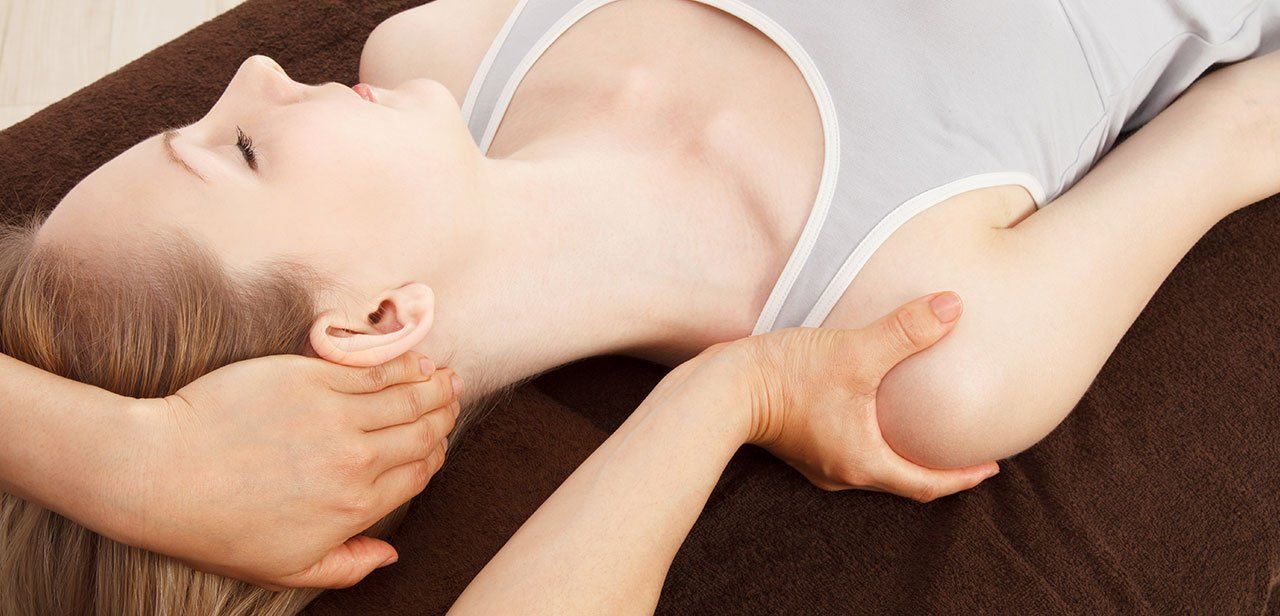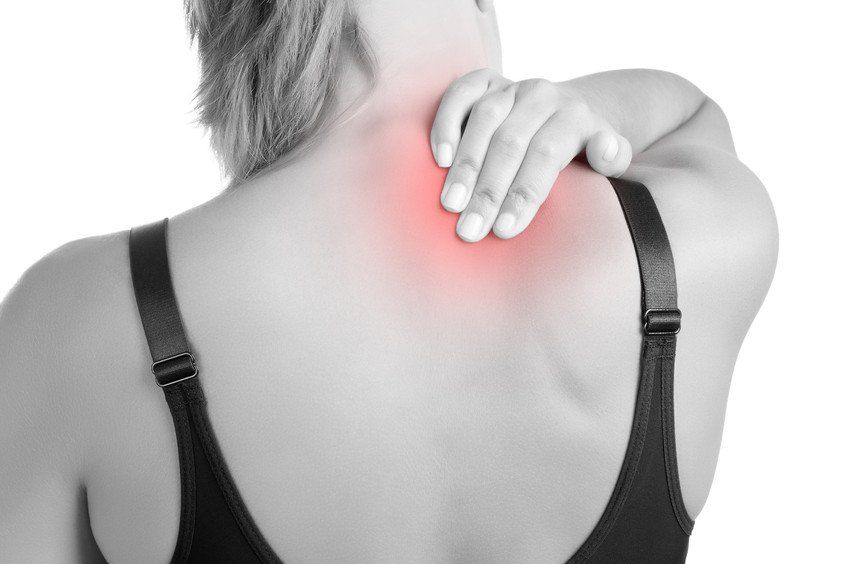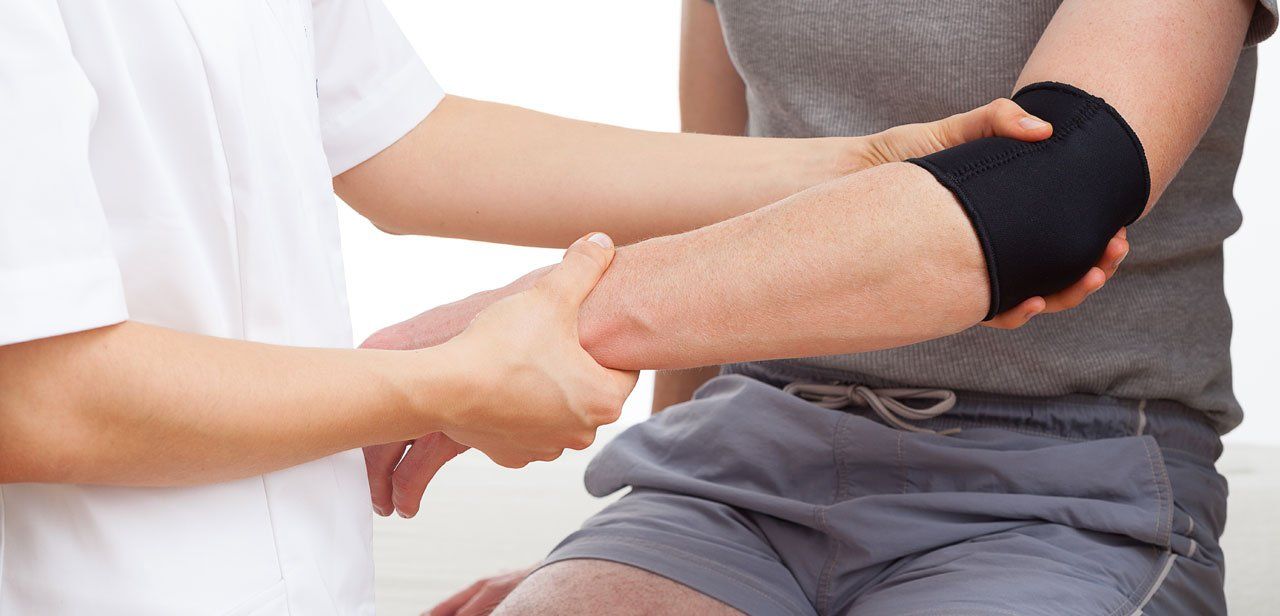Cervical (neck) exercises
- by S ROBERTS
- •
- 19 Jun, 2018
- •
Exercises to help your neck

Even though most neck pain isn't a serious problem, it is however a common complaint especially if we sit a computer all day or slump on the sofa and watch TV! We suffer from poor posture and we don't stretch regularly to help our muscles out of cramped positions. The key is to avoid sprains, injuries, arthritis, pinched nerves by maintaining a good range of motion in the neck. Cervical exercises are key components and of a healthy back regime, by strengthening your cervical spine, keeping your neck flexible and mobile is key to feeling a stretch and not pain!
Neck Exercises that might help:
Flexion stretch - sit or stand, keep neck, shoulders and torso straight. With hands on back of neck, slowly pull chin toward your chest until you feel a stretch in the back of the neck. Hold for x10 seconds and repeat x3 times.
Lateral stretch - sit or stand, keep neck, shoulders and torso straight. Tilt your head so that your right ear moves toward your right shoulder until you feel a distinct stretch in the left slide of your neck. Hold for x10 seconds and repeat x3 times.
Lateral isometric stretch - sit or stand, keep neck, shoulders and torso straight . Reach toward the small of your back with your left hand, bending your arm at the elbow. Tilt your head toward your raised elbow until you feel the stretch in the side of the neck. Press you head into the palm of you hand as you try to tilt your ear to your shoulder, holding the position static. Hold for x10 seconds and release. Repeat x3 times on each side.
Rotation stretch - sit or stand, keep neck, shoulders and torso straight. Place your right palm against your forehead. turn your head slowly to the right, moving gently until you feel a stretch in the left side of your neck. Hold for x10 seconds. Move your head back to the forward position. Relax. Repeat with left palm against forehead. Repeat entire sequence x5 times.
Extension stretch - sit or stand, keep neck, shoulders and torso straight. Keep your chin level, look straight ahead. Gently bend your head backward so that your eyes are looking up at the ceiling - stop when you feel a stretch in the font of your neck. Hold for x10 seconds and then repeat x3 times.
Neck Exercises that might help:
Flexion stretch - sit or stand, keep neck, shoulders and torso straight. With hands on back of neck, slowly pull chin toward your chest until you feel a stretch in the back of the neck. Hold for x10 seconds and repeat x3 times.
Lateral stretch - sit or stand, keep neck, shoulders and torso straight. Tilt your head so that your right ear moves toward your right shoulder until you feel a distinct stretch in the left slide of your neck. Hold for x10 seconds and repeat x3 times.
Lateral isometric stretch - sit or stand, keep neck, shoulders and torso straight . Reach toward the small of your back with your left hand, bending your arm at the elbow. Tilt your head toward your raised elbow until you feel the stretch in the side of the neck. Press you head into the palm of you hand as you try to tilt your ear to your shoulder, holding the position static. Hold for x10 seconds and release. Repeat x3 times on each side.
Rotation stretch - sit or stand, keep neck, shoulders and torso straight. Place your right palm against your forehead. turn your head slowly to the right, moving gently until you feel a stretch in the left side of your neck. Hold for x10 seconds. Move your head back to the forward position. Relax. Repeat with left palm against forehead. Repeat entire sequence x5 times.
Extension stretch - sit or stand, keep neck, shoulders and torso straight. Keep your chin level, look straight ahead. Gently bend your head backward so that your eyes are looking up at the ceiling - stop when you feel a stretch in the font of your neck. Hold for x10 seconds and then repeat x3 times.

How often do we feel sore in our shoulder, have difficulty brushing our hair, reaching up or even it being sore when lying on it. Well this could be the cause of Rotator Cuff tendinitis. This results in the rotator cuff becoming inflamed and potentially swollen.
TREATMENT: Don't leave it! You can ICE it to help bring down inflammation but the aim would be to rest and heal the area followed by strengthening it again. You must find adequate recovery time between athletic activities and strength training to help avoid further injury. Gentle stretches and movement helps to keep muscles flexible and mobile but get professional guidance on exercises. Finally massage is great way to ease muscular tension around the shoulder and arm, so regular treatments will also help.
TREATMENT: Don't leave it! You can ICE it to help bring down inflammation but the aim would be to rest and heal the area followed by strengthening it again. You must find adequate recovery time between athletic activities and strength training to help avoid further injury. Gentle stretches and movement helps to keep muscles flexible and mobile but get professional guidance on exercises. Finally massage is great way to ease muscular tension around the shoulder and arm, so regular treatments will also help.

Having recently been on a course about this, I found it very interesting to learn that fascia is described as a "spiders web" as it is entwined throughout the body. It is also described as a fibrous network of collagen (protein) and Elastin fibres (Elastin isa protein forming the main constituent of elastic connective tissue, found especially in the dermis of the skin). These are enclosed by a fluid called ground substance, which interestingly, permeates the entire body. Fascia has the ability to move and stretch, but with trauma, it can become dehydrated (losing lubrication), hard or even "stuck". As we've all experienced, if we remain in a certain position for a long period of time, we can get "knots" - this can also be a result of fascia binding up and laying down further collagen, but if we move around more often, the collagen will take up more Elastin, allowing more flexibility.
How does this help with massage? Well Myofascial Release (MFR) is a therapy that focuses on pain, tension, soft tissue dysfunction as well as holding patterns. Muscles have memory and so does fascia, so the treatment here involves unlocking memory patterns by using gentle sustained pressure which can be held for at least 2-3 minutes or more to allow fascia to free up and realign itself. This is why this sort of therapy cannot be rushed, and both therapist and client need to be patient whilst the fascia releases.
I've used this prior to massaging my clients and is very effective way of releasing fascia before working on the intrinsic or deeper muscle areas. Sometimes muscles won't release because the fascia has lost its lubrication and alignment, so doing some MFR before you get into massaging is a great way of helping the client and therapist towards a more successful treatment.
How does this help with massage? Well Myofascial Release (MFR) is a therapy that focuses on pain, tension, soft tissue dysfunction as well as holding patterns. Muscles have memory and so does fascia, so the treatment here involves unlocking memory patterns by using gentle sustained pressure which can be held for at least 2-3 minutes or more to allow fascia to free up and realign itself. This is why this sort of therapy cannot be rushed, and both therapist and client need to be patient whilst the fascia releases.
I've used this prior to massaging my clients and is very effective way of releasing fascia before working on the intrinsic or deeper muscle areas. Sometimes muscles won't release because the fascia has lost its lubrication and alignment, so doing some MFR before you get into massaging is a great way of helping the client and therapist towards a more successful treatment.

Preparing for the London marathon can be daunting, but don't give up! Help is on the way. With some additional care and maintenance to compliment your training it is imperative to have a few massages prior to your run so you don't go into injury. Keep stretching, keep warming up and down and take time out to relax! Come and visit SR-Massage if you need to release some of the pain on those muscles and bring back some mobility and flexibility to ensure a great run when doing the London Marathon.

Mum's are very busy! They are either picking up children, driving, cooking, doing washing, working, phoning, helping with homework or running a corporate office. Either way mum's use practically every muscle in their body! Why not treat your mum to a relaxing deep tissue massage or if they need something deeper to work out those knots, then focus on a Sports Massage!





